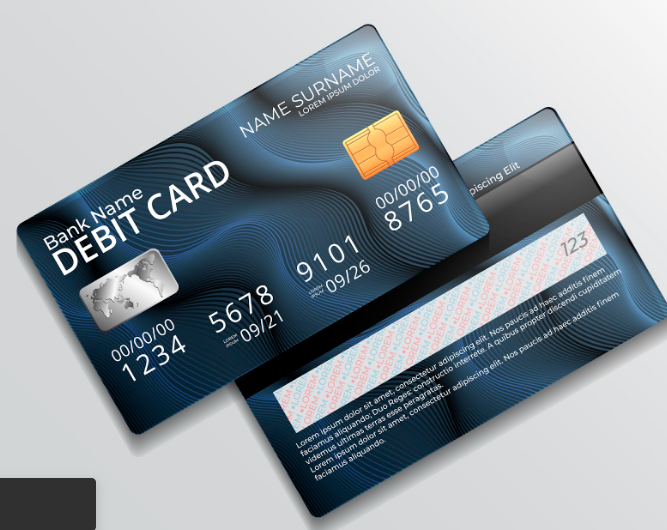Debit cards are one of the most convenient and effective tools for managing your finances. It sets you free from carrying cash anywhere you go. You can easily swipe or tap at stores, restaurants, and shopping complexes hassle-free!
Although debit cards come in handy whenever you have to make a payment, one must always consider the risks involved while using them at different locations throughout the day. To provide a layer of protection, your bank provides you with a Card Verification Value (CVV) number that comes into the picture whenever trying to initiate a transaction.
Now, If you are wondering what is CVV, you have landed at just the right place. In this article below, we will understand different types of debit cards along with the importance of CVV to ensure secure transactions.
Types of Debit Cards: Exploring Your Options
With the financial sector evolving rapidly, banks have introduced different types of debit cards to address specialised needs. Certain banks such as Kotak Mahindra Bank are offering debit cards customised separately for entertainment, travel, food, and lodging. So, from standard cards linked to savings or current accounts to specialised variants offering enhanced benefits, understanding your options is the first step towards informed decision-making.
Understanding the Purpose of CVV in a Debit Card
CVV is a three-digit security code printed on the back of bank cards. It serves as an additional layer of authentication for card-not-present transactions, such as online or over-the-phone purchases. Understanding the role of this code is essential for safeguarding your card against fraudulent activities.
Importance of CVV Security: Mitigating Risks
It plays a pivotal role in securing transactions by verifying the cardholder’s identity during online or remote purchases. Keeping your CVV confidential and implementing robust security measures can help mitigate the risk of unauthorised access and fraudulent transactions.
Every time you make an online purchase, the portal asks for this secret code and then for a one-time password (OTP) to ensure that the transaction is verified by both ends and it is genuine.
Best Practises to Safeguard your CVV
Protecting your CVV is essential to maintain the security of your debit card. Adopting best practices such as memorising the code, avoiding sharing it with others, refraining from storing it in digital formats, and exercising caution during online transactions can help keep your unique code safe from potential threats. The government as well as private banking organisations often make efforts to make users aware of potential fraud and the importance of this unique code.
Monitoring Account Activity: Staying Vigilant
Consistently monitoring your debit card transactions and account activity is critical for detecting any unauthorised or suspicious charges promptly. Keep a close eye on your statements, set up transaction alerts, and report any discrepancies or fraudulent activities to your bank immediately.
Take Action if Your Card is Lost or Stolen Immediately
In the event of a lost or stolen debit card, taking prompt action is crucial to prevent unauthorized use of your card and protect your financial assets. Contact your bank’s customer service immediately to report the loss or theft, and request to block or deactivate your card to prevent any unauthorised transactions.
Now that you have understood what is CVV along with the steps to consider to protect your debit card, we are sure managing your finances and protecting them is going to be much easier. If there is still a concern that you wish to share, feel free to contact your bank operation executive and clear your doubts to make an informed decision today!

